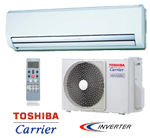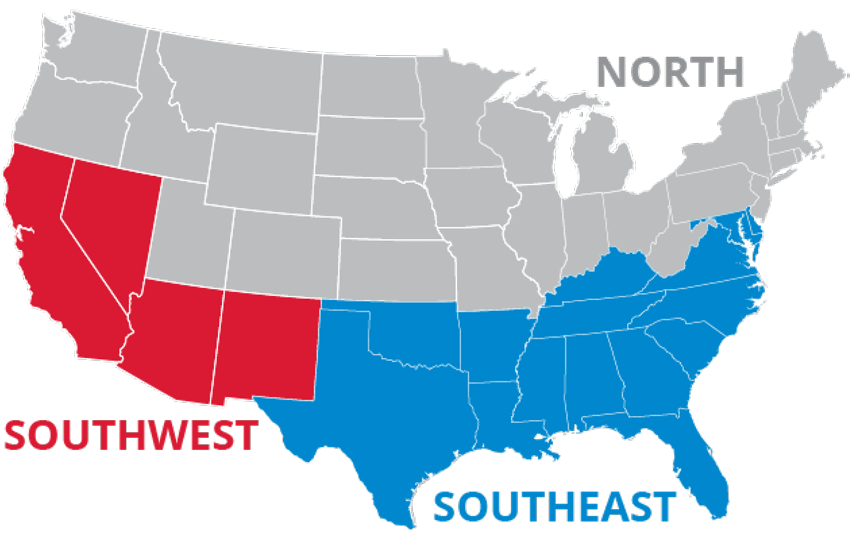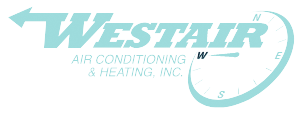Duct Free Systems

Duct-free heating and cooling systems make your home's individual rooms or other small spaces more comfortable. Remember, just like whole-home systems, the higher the SEER/SEER2 and HSPF/HSPF2 ratings, the more efficient they will be
The DOE’s regional breakdown by state is as follows:
North
- 14.0 SEER/ 13.4 SEER2
- 8.8 HSPF/7.5 HSPF2
Southeast
- 15.0 SEER/ 14.3 SEER2
- 12.2 EER/11.7 EER2
- 8.8 HSPF/7.5 HSPF2
Southwest
- 15.0 SEER/ 14.3 SEER2
- 12.2 EER/11.7 EER2
- 8.8 HSPF/7.5 HSPF2

SEER/SEER2 And HSPF/HSPF2
SEER2 is an updated rating standard introduced by the DOE. SEER2 standards are intended to provide a better gauge of typical home operating conditions, whereas the older SEER rating utilized very precise protocols to determine ratings in ideal conditions. SEER2 standards include updated testing means that give a better indication of how a unit will operate in the real world.
HSPF2 is the newest type of rating system that expands on the basic HSPF scale.
Much like miles per gallon for a car, SEER/SEER2, EER/EER2, and HSPF/HSPF2 offer an easy way to compare efficiencies of different products—the higher the rating, the more efficient the unit. Just be sure you are comparing either SEER vs. SEER or SEER2 vs. SEER2 (same for EER/EER2 and HSPF/HSPF2).
EER2 vs. SEER2
EER2 and SEER2 both evaluate an air conditioner’s energy efficiency, but they’re concerned with two different types of temperature conditions:
- EER2 measures an air conditioner’s efficiency at the peak cooling temperature of 95°F.
- SEER2 measures an air conditioner’s efficiency throughout an entire cooling season, with temperatures ranging from 65°F to 104°F.











